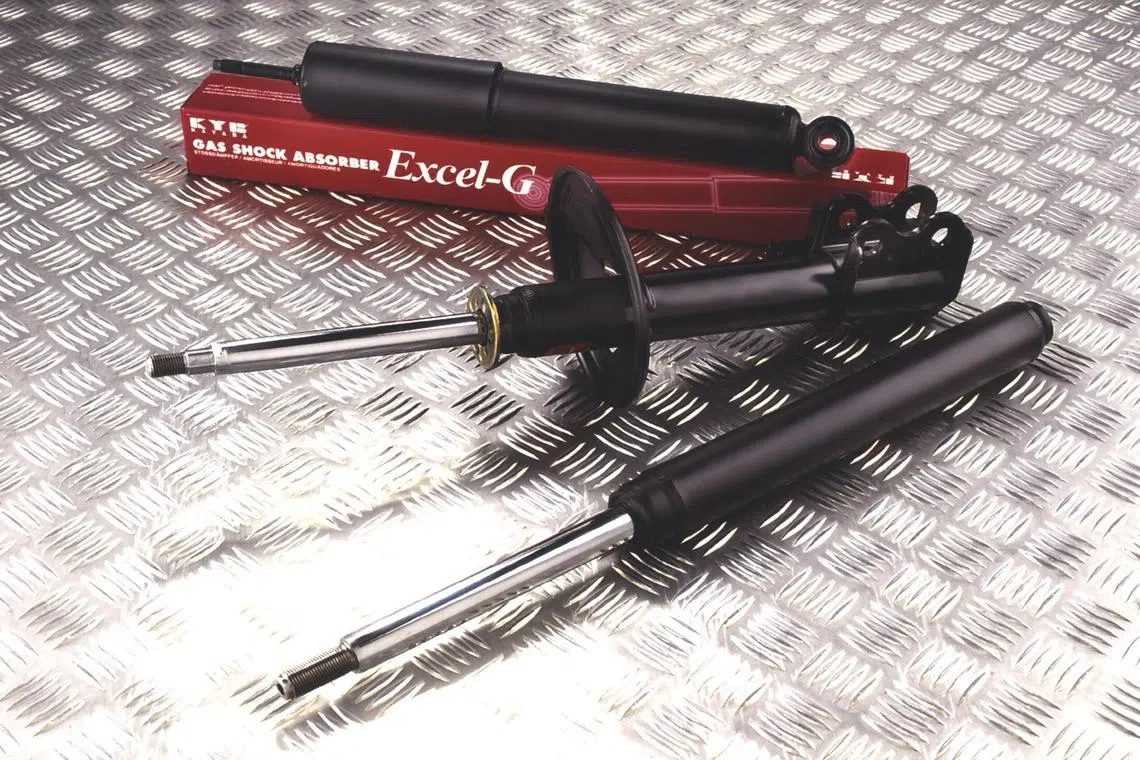Torque Shop: When suspension goes kaput, it is time to replace shock absorbers
Sign up now: Get ST's newsletters delivered to your inbox

Shock absorbers should be changed after 100,000km.
PHOTO: NEWSPRESS
Shreejit Changaroth
Follow topic:
The chief mechanic at the workshop that services my car said the “suspension is gone” and needs to be replaced as soon as possible. Is this a big, expensive job, and what parts will be replaced?
In mechanics’ parlance, this means that the dampers (colloquially known as shock absorbers) have reached their end of life. They usually have a service life of between 80,000km and 100,000km. It is highly recommended that all four are replaced at the same time.
The work is generally not complicated, but it is recommended to do a wheel alignment after installation. In terms of cost, four dampers for a vehicle like the seventh-generation Volkswagen Golf GTI come up to just under $1,600.
Worn shock absorbers are the primary cause of deteriorating ride comfort and vehicle stability.
It is also the suspension component that experiences the greatest wear and tear. It resists the body movements and functions to attenuate the compression and decompression of the springs.
Typical signs of worn shock absorbers include excessive bouncing after driving over speed humps, a jarring ride and uneven tyre wear. You can run your hand over the circumference of the tyre to see if there are any irregular lumps on the surface.
The shock absorbers are not the only suspension components that wear out with mileage. There are a number of linkages in any suspension – all joined at the pivot points with rubber or nylon bushings. Some of the articulated members are carried on ball-and-socket joints, not dissimilar to the human hip joint.
All these are usually hard-wearing, but will eventually need to be replaced.
When you feel plenty of play in your steering or hear clonking sounds when you drive over uneven surfaces, they are almost always because of deterioration in the bushings.

